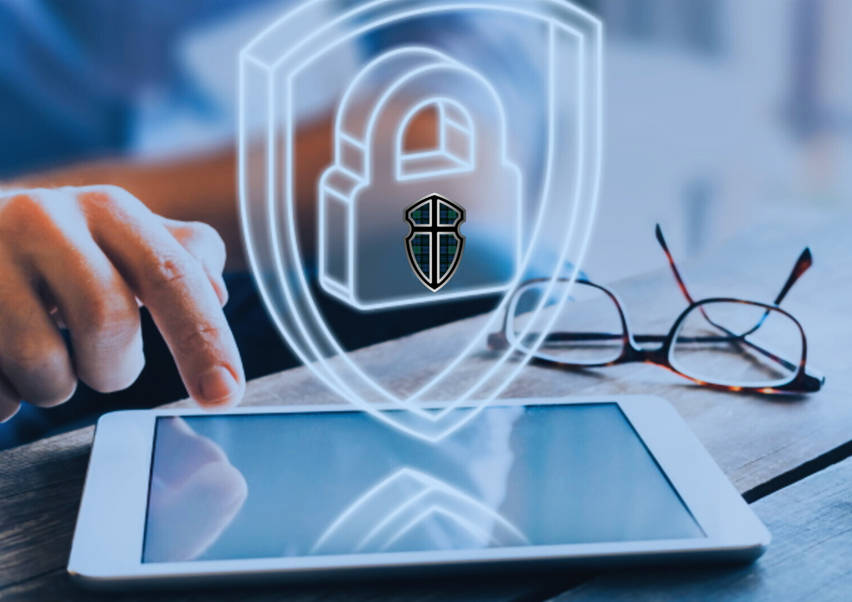Understanding Cybersecurity Roles in an SME: Who Does What?
As digital threats evolve, understanding cybersecurity roles in an SME becomes critical. Many small and medium-sized enterprises (SMEs) assume they’re too small to be targeted—but cybercriminals often see them as easy prey. With limited resources, clearly defined small business cybersecurity responsibilities help SMEs protect sensitive data, stay compliant, and avoid costly disruptions.
Why SMEs Need Defined Cybersecurity Roles
Unlike large corporations, SMEs may not have the budget for a full IT security team. However, this doesn’t eliminate the need for key cybersecurity roles. Instead, individuals in SMEs often wear multiple hats. Establishing roles—no matter how lean your team—is the first step toward accountability and preparedness.
Key Cybersecurity Roles in an SME
Here are some essential roles even the smallest business should consider assigning:
1. Cybersecurity Lead or IT Manager
This person oversees the company’s overall cybersecurity strategy. They ensure security tools are up to date and policies are enforced.
2. Compliance and Risk Officer
Often a shared role, this individual ensures the business complies with regulations like GDPR or the NIS2 Directive. They assess risks and suggest mitigations.
3. Security Awareness Champion
Someone responsible for training staff on phishing, password safety, and social engineering. Awareness is a powerful and affordable defense.
4. Incident Response Coordinator
In the event of a breach, this role activates the response plan, communicates with stakeholders, and manages recovery.
Building a Culture of Security
Small business cybersecurity isn’t just about tools—it’s about people. Whether outsourced or internal, having the right cybersecurity roles in an SME makes a measurable difference in your overall risk posture.
To dive deeper into how small businesses can assign roles effectively, check out this SME cybersecurity role guide from ENISA.

